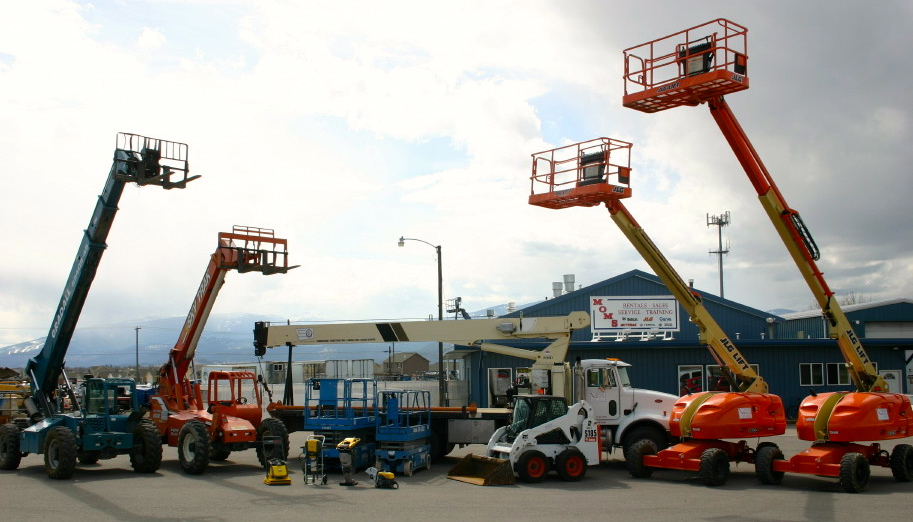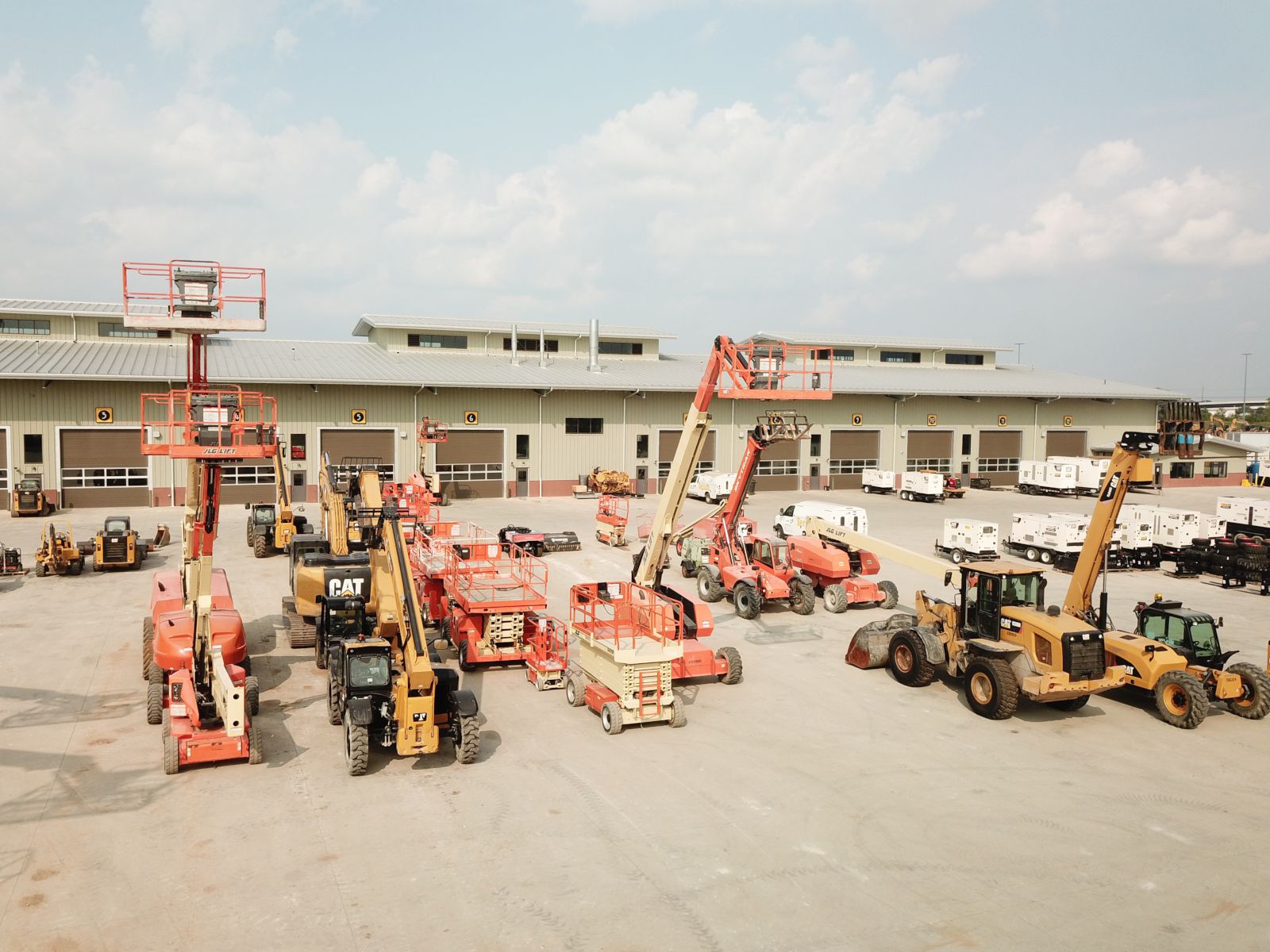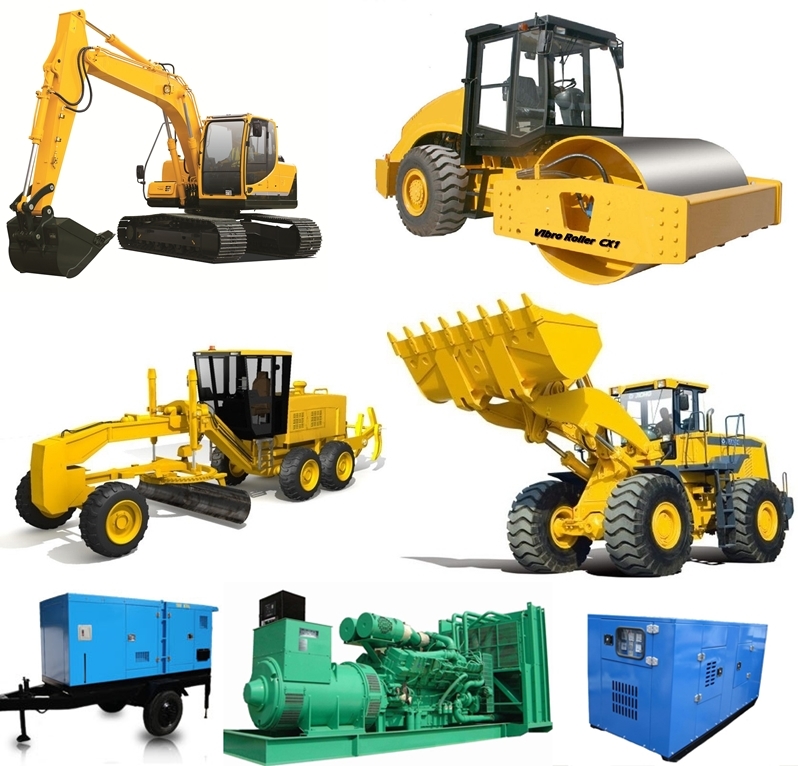Forklift Rental: Heavy Lifting Equipment for Warehousing and Much more
Forklift Rental: Heavy Lifting Equipment for Warehousing and Much more
Blog Article
Maximize Your Spending Plan by Recognizing the Expenses Connected With Building Tools Leasings
Comprehending the full scope of prices related to building and construction tools services is vital for maximizing your budget. While the first rental cost may seem uncomplicated, many extra expenditures-- such as transport, fuel surcharges, and maintenance-- can swiftly collect, impacting your monetary planning. Additionally, recognizing various costs and the ins and outs of rental agreements can aid avoid unanticipated financial worries. What methods can be employed to successfully take care of these costs and make certain a more effective rental experience?
Overview of Rental Expenses
When considering building and construction devices rentals, recognizing the connected costs is vital for effective budgeting and task planning. Rental expenses can vary dramatically based on numerous elements, consisting of devices kind, duration of leasing, and location. The preliminary rental fee usually shows the tools's market demand and its linked operational abilities, influencing the total cost.
Along with the base rental rate, ancillary expenses might arise, such as transport fees, gas surcharges, and upkeep costs. It is vital to account for these added costs to properly evaluate the total cost of leasing devices. In addition, the rental duration can influence prices; longer services may qualify for discounted prices, while temporary rentals might sustain higher everyday fees.

Break Down of Rental Rates
A detailed understanding of rental rates is vital for specialists and job managers aiming to optimize their budgets. Rental prices for building and construction tools commonly contain numerous elements, including base rates, time-based costs, and use charges.
Base rates are the core charges related to the service of the devices, frequently figured out by the kind and dimension of the machinery. These prices can differ dramatically, affected by variables such as devices demand, schedule, and local market trends. Time-based costs, which might be daily, weekly, or monthly, serve to suit different project timelines and rental periods.
Additionally, rental prices may include use fees, which are applicable when tools is used beyond a defined threshold, making certain that the rental business can account for deterioration. Seasonal demand variations can also influence rental rates, with peak building and construction periods generally regulating higher rates.
Furthermore, recognizing the rental company's plans regarding upkeep and insurance can supply further insight right into the overall expense framework. By evaluating these parts, professionals can make enlightened decisions, making sure the selection of rental devices straightens with both project demands and spending plan constraints.
Extra Charges to Take Into Consideration
Recognizing the complexities of extra charges is critical for contractors to manage their overall rental expenses successfully. Past the common rental prices, numerous supplementary charges can considerably affect the complete expense of tools service. These costs often include delivery and pick-up costs, which can differ based upon range and logistics entailed in moving the devices to and from the job website.
Moreover, some rental firms may impose gas additional charges if the tools is returned with less fuel than when rented. It is also important to understand potential cleaning costs, specifically for specific devices that requires detailed maintenance after usage.

Extensively examining the rental agreement and making clear these extra fees ahead of time can assist professionals make sure and prevent unanticipated prices that budgets remain undamaged throughout the project lifecycle.
Upkeep and Repair Work Expenses
Routine repair and maintenance expenses are usually neglected factors that can dramatically influence the total cost of building and construction devices services. When renting tools, it is essential to think about not only the rental charges yet likewise the possible costs connected with maintaining the machinery in ideal operating problem.
Lots of rental firms include standard upkeep as part of the rental arrangement; nevertheless, more unexpected break downs or substantial repair work can cause added expenses. It's necessary to review the rental contract very carefully to recognize what upkeep solutions are covered and what responsibilities fall on the tenant.
Moreover, tools that is not properly maintained can lead to inefficiencies on duty site, potentially triggering hold-ups and raising project costs. To mitigate these risks, it is advisable to conduct regular inspections and maintain open interaction with the rental service provider regarding any issues that arise during usage.
Insurance Policy and Responsibility Prices
Insurance coverage and obligation expenses are crucial components that can significantly impact the total expenditure of building devices rentals (scissor lift rental). These costs ensure that both the rental firm and the client are safeguarded from potential economic losses developing from accidents, damage, or burglary throughout the rental period

Additionally, clients ought to be mindful of any deductibles or exemptions in the insurance coverage, as these can affect prospective Your Domain Name out-of-pocket expenses. Comprehending the conditions of any type of insurance policy coverage is crucial to avoid unforeseen prices. Ultimately, budgeting for insurance coverage and liability costs can aid ensure a smoother rental experience and safeguard versus financial risks connected with construction projects.
Final Thought
To conclude, an extensive understanding of the expenses connected with construction devices services is essential for efficient budget plan monitoring. By analyzing rental rates, extra costs, upkeep expenses, and insurance people, requirements and organizations can decrease unanticipated expenses. This strategic approach not only boosts cost-effectiveness yet additionally ensures that projects progress smoothly and efficiently. Ultimately, informed decision-making regarding equipment rentals adds to the total success of building and construction endeavors.
Rental costs can vary significantly based on numerous aspects, including equipment kind, duration of rental, and area (aerial lift rental). The rental duration can impact rates; longer leasings might qualify for discounted prices, while short-term services might incur higher day-to-day fees
By conducting detailed research study and involving with reputable rental business, contractors can properly navigate the intricacies of rental pricing, eventually maximizing their monetary sources.
Beyond the typical rental rates, different additional costs can significantly affect the total expense of tools rental. Rental business usually offer obligation insurance that covers injuries to third celebrations or damages to home, while tools damages you could try here insurance can cover the expense of fixings or replacement if the rented devices is harmed.
Report this page